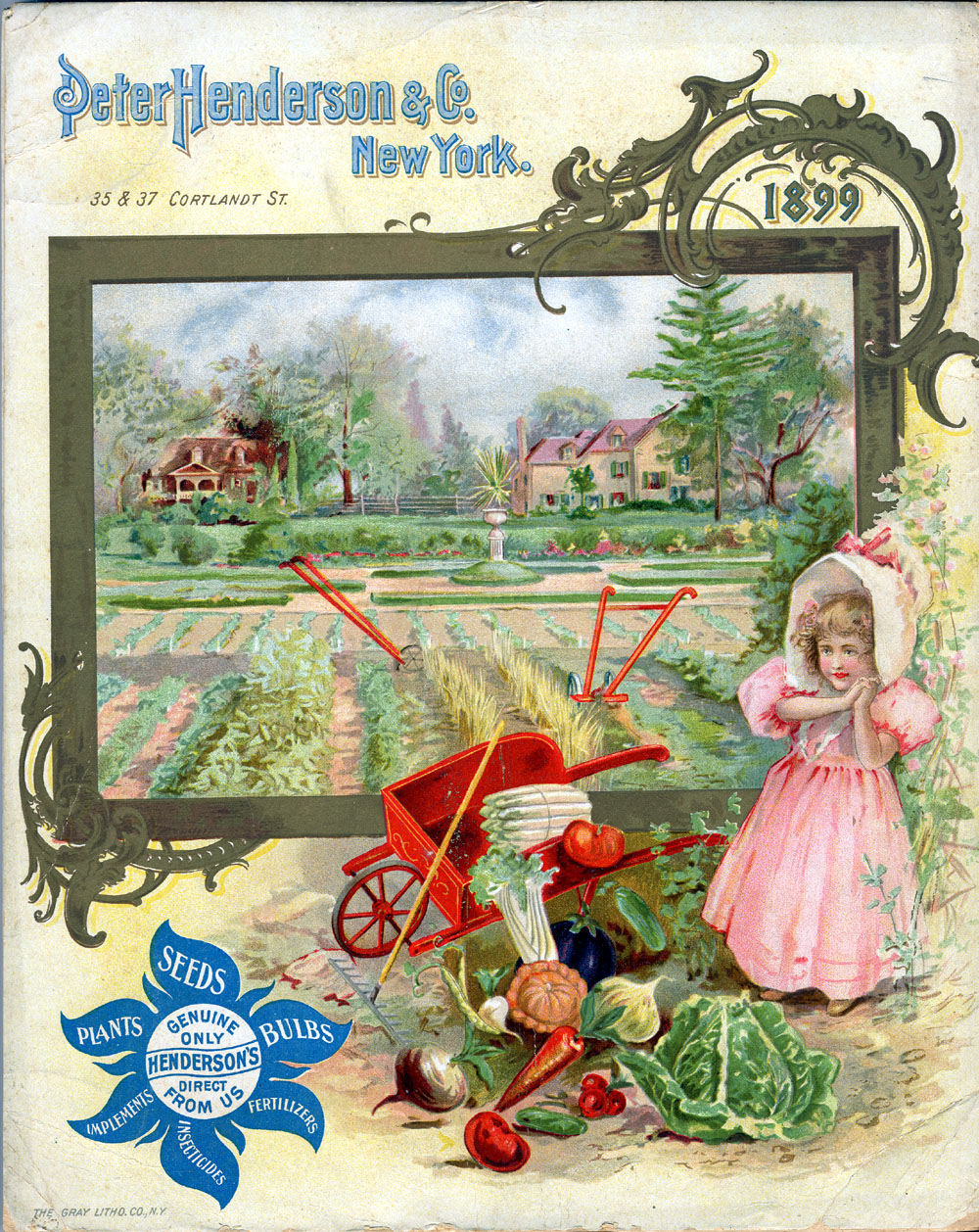Nineteenth century garden catalogs sold lawn.
Nineteenth century seed company and nursery products guided the kind of home landscape people cultivated.
Landscape designer and garden historian Jennifer Grace Hanna wrote her Cornell master’s thesis called Ornamental Garden Design.
She discussed mostly nineteenth century Rochester seedsman James Vick (1818-1882), but also covered much garden history from that period, including discussion of the importance of the lawn for the middle class homeowner.
Hanna writes, “Nursery owners [in nineteenth century America], the horticultural journal editors, did not accept the wilderness aesthetic completely for it was not good for business.
“Instead they merged this romantic wilderness appreciation with the aesthetic picturesque and developed a form of English landscape garden design that was reliant upon the communal landscape.
“In other words, the new transportation systems of the roads and rail lines and land division of the suburban tracts set up shared views.”
In the cover image [above] from New York seedsman Peter Henderson’s 1899 catalog notice how in the back one property adjoins another with a lawn as their common bond.
No fence separates the properties because the continuity of the lawn was an important landscape principle called ‘shared view.’
The nursery owners encouraged the lawn because it was part of the English landscape garden design aesthetic, but also because it was good for business. That landscape style sold lawn seed and lawn mowers.
And so it was no surprise, according to Hanna, that the English garden with its lawn became the model for the suburban, middle class American home landscape of the nineteenth century.

This Post Has 0 Comments